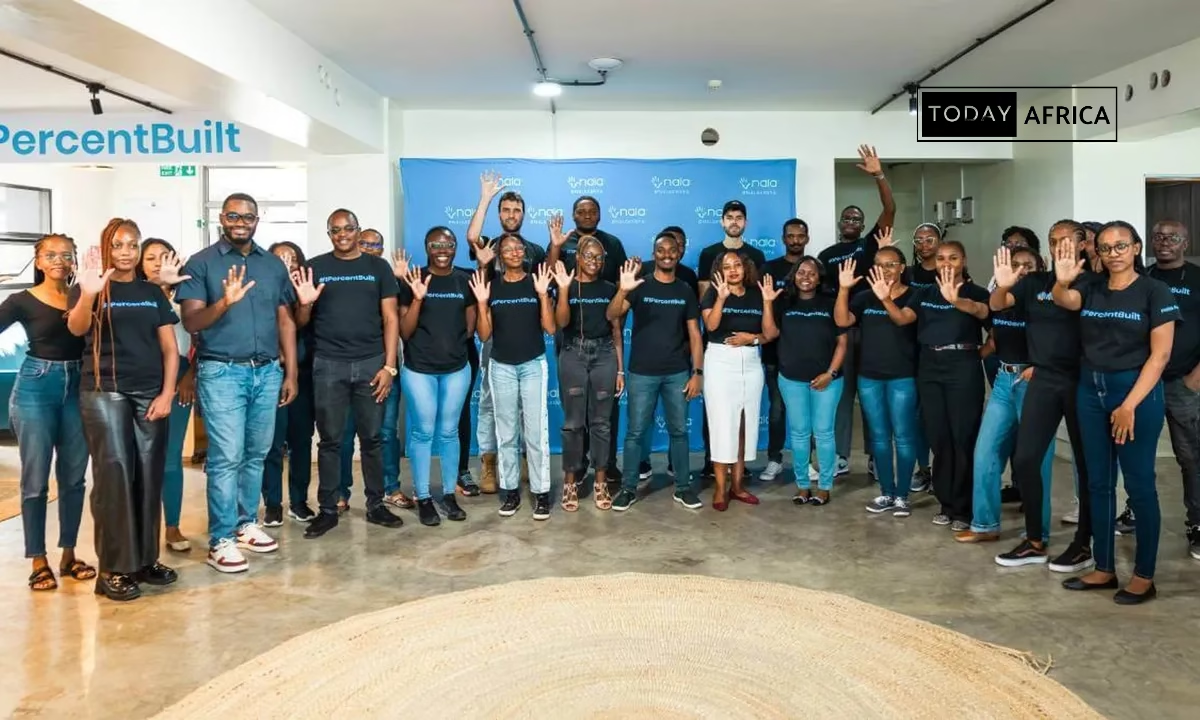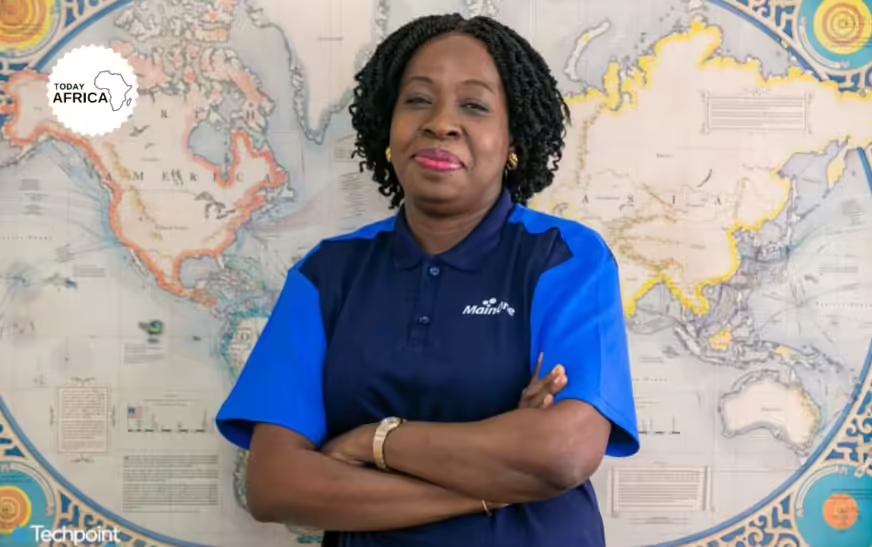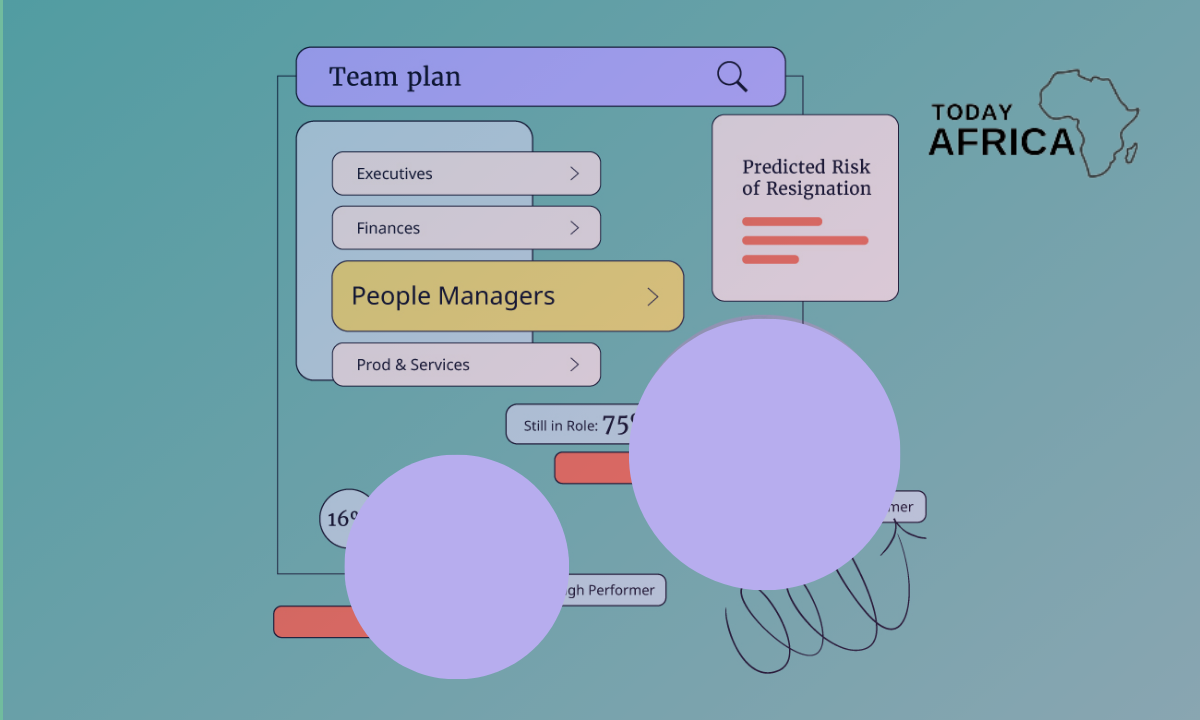Today’s consumers often turn to the internet first when looking for products or services, even locally. Studies show that 97% of people learn more about a local business online than anywhere else.
Having an online presence allows your business to be discoverable, builds trust, and enables you to engage with your audience.
“If your business isn’t on the internet, then your business will be out of business.” – Bill Gates
From the above quote from Bill Gate, it means having an online presence isn’t just a luxury; it’s a necessity. For local businesses, establishing a solid online presence helps you reach more customers, improve your brand credibility, and stay competitive.
In this article, we’ll discuss how to build an online presence for your local business to help it thrive online.
How to Build an Online Presence for Your Local Business
1. Understand your target audience
Knowing who your customers are will help you tailor your online presence to meet their needs. Start by answering these questions:
- What age group are they in?
- What platforms do they use to find businesses?
- What are their pain points, and how does your business address them?
The better you understand your audience, the more effective your online strategies will be.
Steps to understand your audience
- Conduct surveys: Ask existing customers what platforms they use.
- Analyze competitors: Look at where your competitors are online and who follows them.
- Use analytics tools: Platforms like Facebook Insights and Google Analytics provide valuable demographic data.
Read Also: How to Use Social Media Marketing to Grow Your Business
2. Claim your business on Google

One of the most crucial steps is to claim your business on Google My Business (GMB). This allows your business to appear in Google search results and Google Maps, increasing your chances of being discovered by local customers.
How to set up Google My Business
- Go to Google My Business and create an account.
- Enter your business information, including location, hours, and contact details.
- Verify your business to ensure that it’s displayed in search results.
Optimizing your GMB listing
- Add photos: Pictures of your storefront, products, and team create a welcoming first impression.
- Use keywords: Include relevant keywords in your business description.
- Collect reviews: Encourage satisfied customers to leave reviews, as these can boost your ranking on Google.
3. Create a professional website
Your website acts as the digital storefront for your business. Whether you offer products, services, or both, your website should be easy to navigate and include clear information about what you do.
Key elements of a good website
- Homepage: Summarize who you are and what you offer.
- About page: Share your story, mission, and values.
- Contact information: Make it easy for customers to reach out.
- Mobile optimization: Ensure the site looks and works well on smartphones.
Tip: Use platforms like WordPress, Wix, or Squarespace if you’re just starting out and need an easy website builder.
4. Utilize social media platforms
Social media is a powerful tool for local businesses, allowing you to connect with customers, share updates, and promote your products or services.
Choosing the right platforms
- Facebook: Great for posting updates, events, and engaging directly with local customers.
- Instagram: Useful for businesses that can showcase their work visually, like restaurants, boutiques, or salons.
- LinkedIn: Ideal for B2B businesses or professionals offering services to other businesses.
Social media tips
- Consistency is key: Post regularly to keep your audience engaged.
- Leverage hashtags: For local businesses, use location-based hashtags.
- Engage with your audience: Respond to comments, messages, and reviews to build a loyal community.

5. Implement local SEO
Local SEO (Search Engine Optimization) helps your business appear in local search results. By optimizing your website and online content for location-based keywords, you improve your chances of reaching nearby customers.
Steps to improve local SEO
- Optimize your website: Include location-specific keywords (e.g., “Best Supermarket in Wuse, Abuja”).
- Create location-based content: Blog posts, FAQs, or service pages targeting local searches.
- Build local backlinks: Partner with local businesses or directories to increase your site’s authority.
Tip: Use tools like Google Keyword Planner to find keywords that your audience might use when searching for businesses like yours.
Read Also: How to Grow Your Business Using Social Media
6. Engage with online reviews and customer feedback
Customer feedback, especially in the form of online reviews, is critical to building trust and improving your online presence. Positive reviews serve as testimonials, while even negative feedback can provide a chance to show great customer service.
Responding to reviews
- Acknowledge positive reviews: Thank customers for their support.
- Address negative reviews professionally: Apologize, address the concern, and offer to resolve the issue privately if necessary.
“People don’t care how much you know until they know how much you care.” – Theodore Roosevelt
7. Content marketing and blogging
Blogging helps establish your business as an expert in your field, attracts organic traffic, and builds trust with customers. Consider writing blog posts that answer common customer questions, share local tips, or showcase your expertise.
Ideas for blog content
- How-to guides: Practical tips related to your business.
- Local stories: Highlight local events or community projects.
- Customer success stories: Showcase satisfied customers’ stories to build trust.
8. Run paid advertising campaigns
While organic growth is essential, paid advertising helps boost your reach faster. Platforms like Google Ads, Facebook Ads, and Instagram Ads allow you to target local customers effectively.
Types of ads to consider
- Search ads: Appear when users search for relevant keywords.
- Social media ads: Display on platforms like Facebook and Instagram.
- Display ads: Visual ads on websites, good for brand awareness.
Tips for running effective ads
- Set clear goals: Define whether you want traffic, leads, or direct sales.
- Target specific locations: Use location targeting to reach people in your area.
- Use eye-catching visuals: Make sure your ads grab attention quickly.
Read Also: How to Grow Your Business on a Tight Budget
9. Analyze and adapt your online presence
Regularly reviewing your online performance helps you understand what’s working and what needs improvement. Use tools like Google Analytics, Facebook Insights, and Instagram Insights to measure metrics such as website visits, engagement rates, and conversion rates.

Metrics to track
- Traffic sources: Find out where your website traffic is coming from.
- Engagement rates: Measure how your audience is interacting with your posts.
- Conversion rates: Track how many website visitors turn into customers.
Tip: Adapt your strategies based on your findings, focusing more on what yields the best results.
Conclusion
Building an online presence for your local business is an ongoing process, but the benefits are undeniable. From establishing a strong Google My Business profile to leveraging social media and local SEO, each step brings you closer to expanding your reach and growing your customer base.
The key is consistency and responsiveness. By keeping up with these strategies and adjusting as you go, your business will stay relevant and competitive in the digital landscape. So, start building your online presence today and watch your business grow beyond its local boundaries.
Comment and follow us on social media for more tips:
- Facebook: Today Africa
- Instagram: Today Africa
- Twitter: Today Africa
- LinkedIn: Today Africa
- YouTube: Today Africa Studio
















